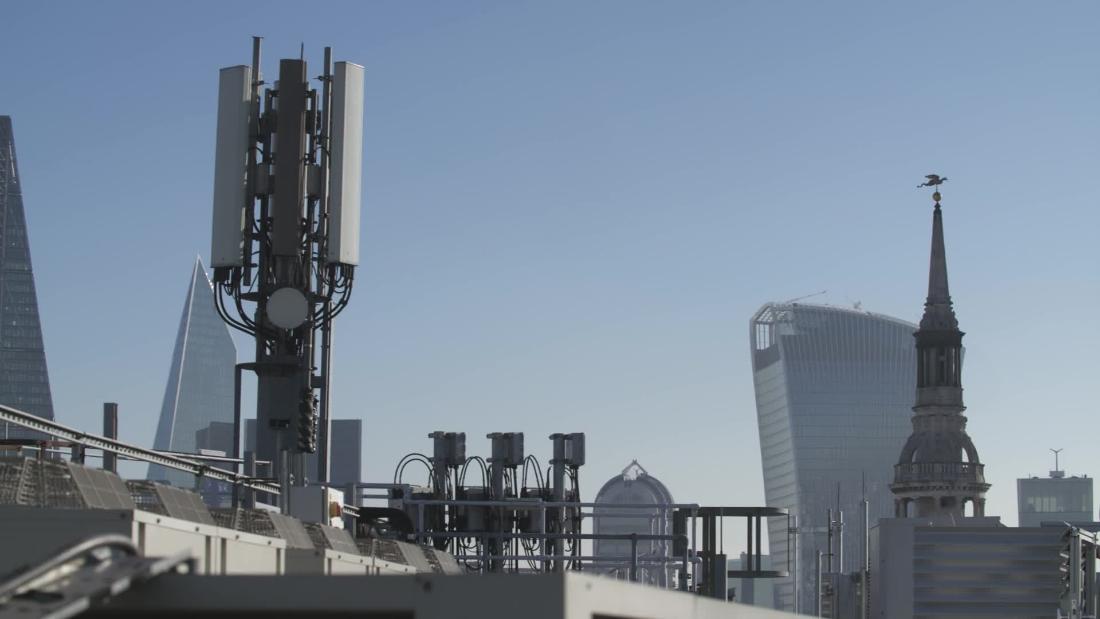5g cell towers are a brand new type of antenna that's being utilized by wireless companies to provide internet services. They have more capabilities than 4g towers, and can be more dense.
Cities are increasingly concerned that these towers could be harmful to their residents. The concerns are related to aesthetic, privacy, and health issues.
They're Bigger
In 5G, the frequency of radio signals is greater than 4G, which means that it requires more towers in order to transmit data. This increases the amount of radiation that is released into the environment.
5g radiation is a major worry for HOA communities, real estate investors, and those concerned about the negative health impacts. They are concerned that the addition of more 5g towers will decrease the value of properties and adversely impact public health.
The only way to solve this issue is to alter the way we communicate by using WiFi instead of the traditional mobile networks. That's not going to occur overnight however it will eventually happen.
But how will that be done? What can we do to improve the security of our cell towers? The answer lies in the technology inside of a cell tower , which is known as small cells.
They're more expensive

If you're living in the city, you've likely noticed large towers of cellular equipment that sit on top of masts and other structures. These are towers that are 4G and they're used to provide wireless networks to the surrounding areas.

They're typically 50-200 feet tall, and they're constructed to blend into the surroundings to minimize their aesthetic impact. As opposed to 4G technology, 5G requires more dense tower coverage to provide coverage across a wide area.
These cell towers can be difficult to maintain because they require being constantly active and offering speedy speeds. In the end, they're more expensive than other kinds of towers.
If you're a tower operator or mobile network operator, it's sensible to upgrade your existing towers to 5G, in anticipation of new technologies coming to market. Incorporating these latest technologies into existing sites will help to enhance the capabilities of your site and eventually result in more profits for you.
They're More Dangerous
What Makes 5g Towers Bad
One of the most significant issues with 5g towers is that they emit more radiation than other kinds of towers. They have to be more densely placed across an area to ensure coverage.
The radio waves emitted from cell phone towers don't possess enough power to cause damage to DNA directly or heat body tissues, but they can degrade chemical bonds in DNA, which may damage cells and cause cancer.
This makes people worried about the possibility that living close to a 5g tower could have negative health effects.
The reason is that these towers have a higher chance to be placed close to homes and schools where they can transmit rf waves continuously. They will be closer than ever before and the likelihood is higher that radiation will be absorbed by your body.
They're Not Required
5G networks use a new part of the spectrum used to transmit data. These are known as millimeter wave. They're much shorter than traditional radio waves at just 1-10mm in length. They have higher frequencies and can carry more energy.
To deliver the ultra-fast speeds and low latency that 5G promises, it's essential to have a huge network of cell towers. This will require a large number of masts for cell phones to provide coverage to cities, roads and business districts, schools as well as farms.
There are alternative alternatives to provide high-speed internet in densely populated regions. One possibility is to construct small cell towers that are densely distributed to reduce coverage gaps.
But a major concern is where these small cells will be placed and how they'll impact residents. Local authorities and residents are working to determine ways to block these installations or prevent them from taking place in their community.
